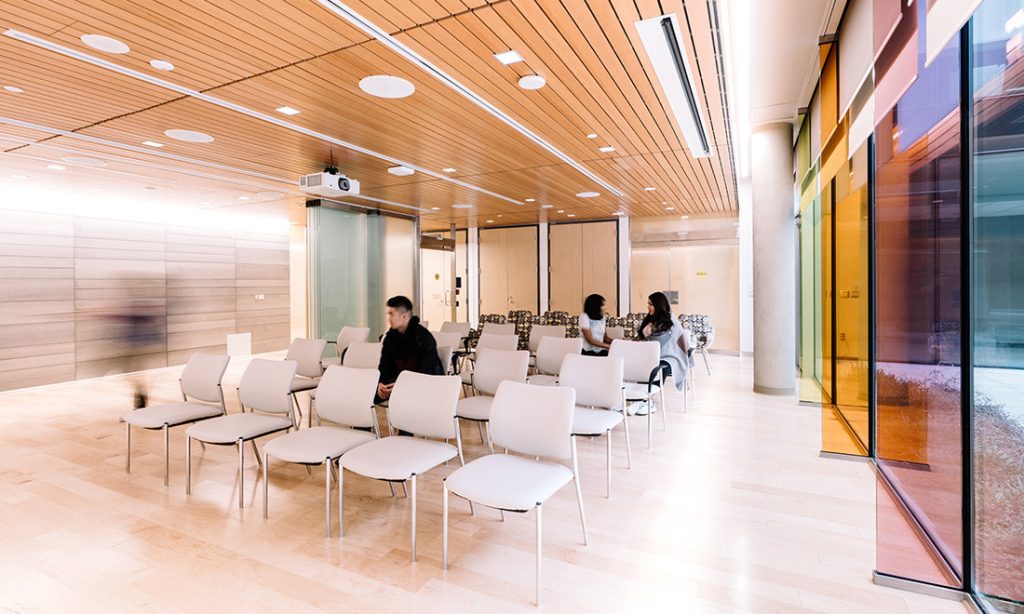GET 20% OFF
By subscribing to our newsletter
The Importance of Human-Centred Furniture Design in Healthcare
 Patient and healthcare worker experience should be at the forefront of design for hospitals and aged care homes. Increasing evidence shows the physical environment can impact healthcare quality, and studies have shown that the most successful healthcare facilities are when human experience is part of the planning.
Patient and healthcare worker experience should be at the forefront of design for hospitals and aged care homes. Increasing evidence shows the physical environment can impact healthcare quality, and studies have shown that the most successful healthcare facilities are when human experience is part of the planning.
What is human-centred design and why should you consider it?
The evolution of aged care and hospital design - sterile, clinical, institutional.
They’re not the words you want to associate with healthcare. Poorly designed environments can increase a patient’s anxiety, affecting their care experience.
When healthcare facilities support a patient’s wellbeing, their health outcomes can improve. For example, falls remain a significant concern in healthcare and fall mitigation is part of designing rooms and choosing furniture.
By understanding the experiences of patients and their family and carers, we can move towards a more dignified care model.
The texture, appearance and functionality of furniture is central to this experience and furniture selection shouldn’t be the last element in the planning process.

What are some examples of human-centred design?
The Royal Commission into Aged Care recommended creating ‘familiar households’ to improve person-centred care.
“We have heard that for residential aged care, there is significant benefit to a domestic setting instead of a traditional institutional model,” the Commissioners wrote in their final report.
Comfortable sofas and elegant dining areas help small household models resemble a home. However, furniture must be fit for purpose.
Ergonomics is one consideration. Chairs need to have the right arm height and foam density for a frail person to pull themselves out. They need to be sturdy enough as a support to prevent a fall. There shouldn’t be sharp or hard edges.
In hospital waiting rooms, chairs should be grouped together so families can support each other. In rooms, there should be comfortable chairs that can convert to a bed for family.
Bariatric chairs are important and often look different from other chairs, further stigmatising people with obesity. The SIDERO chair from KE-ZU can fit seamlessly with other chair options.
You need to consider infection control so upholstery needs to be easy to clean. Furniture needs to be light enough for healthcare workers to move without injury and needs to last the test of time.
How to put patient experience at the forefront
KE-ZU supplies leading healthcare furniture brands that pursue a human-centred approach. These designs have spent years in development with consultation from nursing staff, doctors and patients. Its designs have high-grade fabrics that stand up to strict Infection Prevention and Control protocols and long-term, all-day use.
Our comfortable yet functional furniture fosters a sense of calm and wellness. From the moment people enter your healthcare facility, we help you create spaces that emphasise autonomy, dignity and wellbeing.
- 2020
- 2019
- 2018
- 2017
- 2016
- 2015
- 2014
- 2013
- 2012
- 2011
- 2010
- 2009

